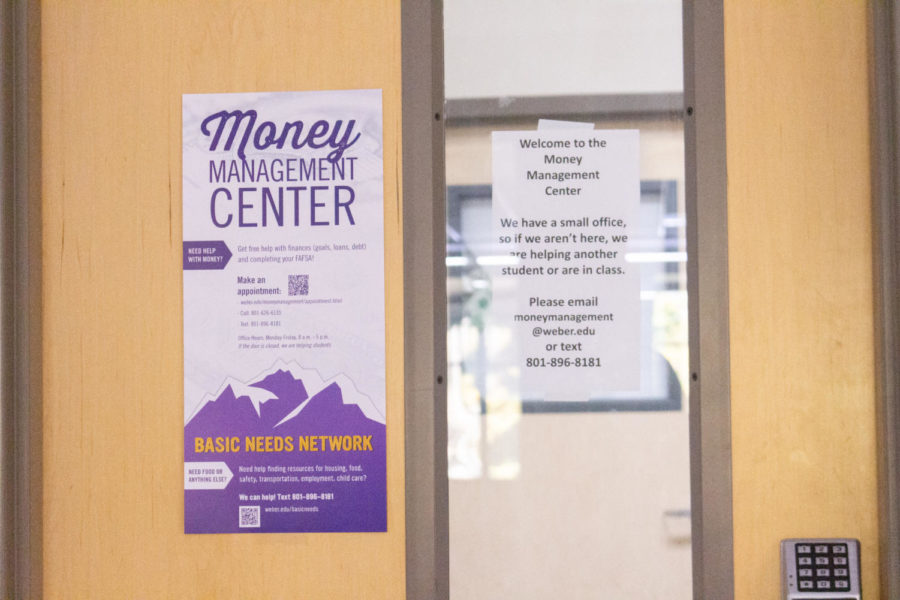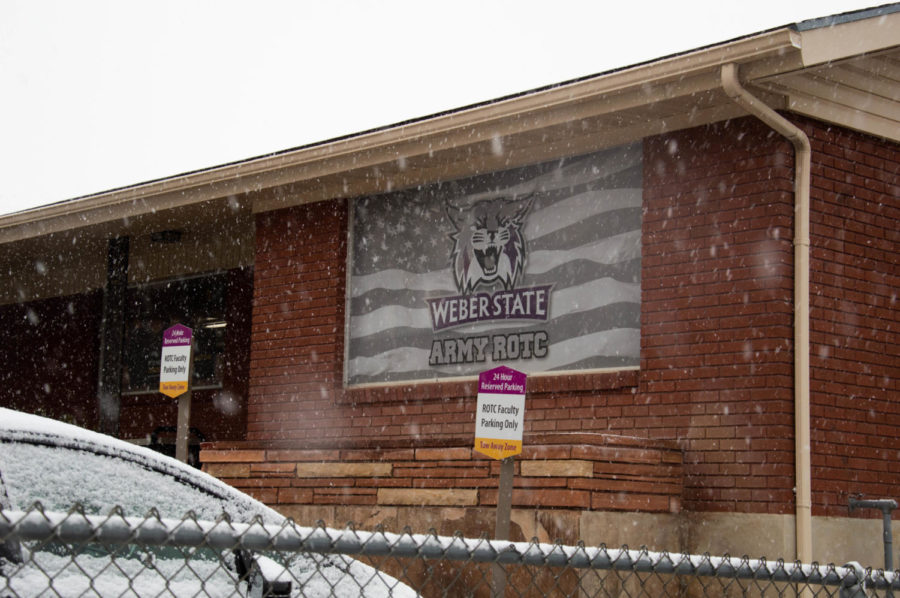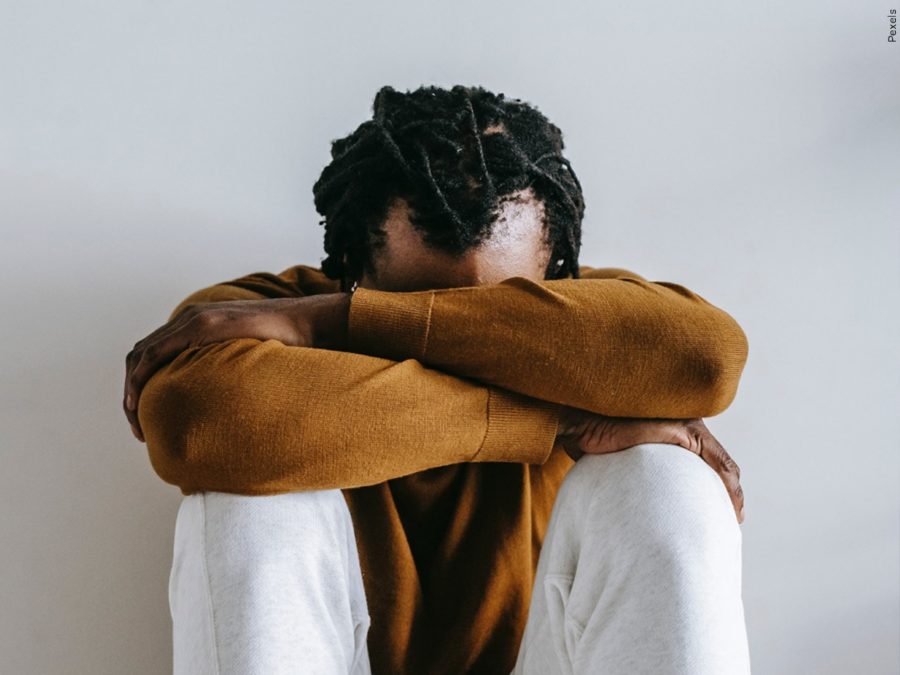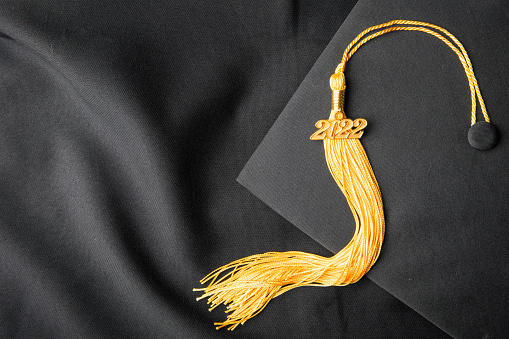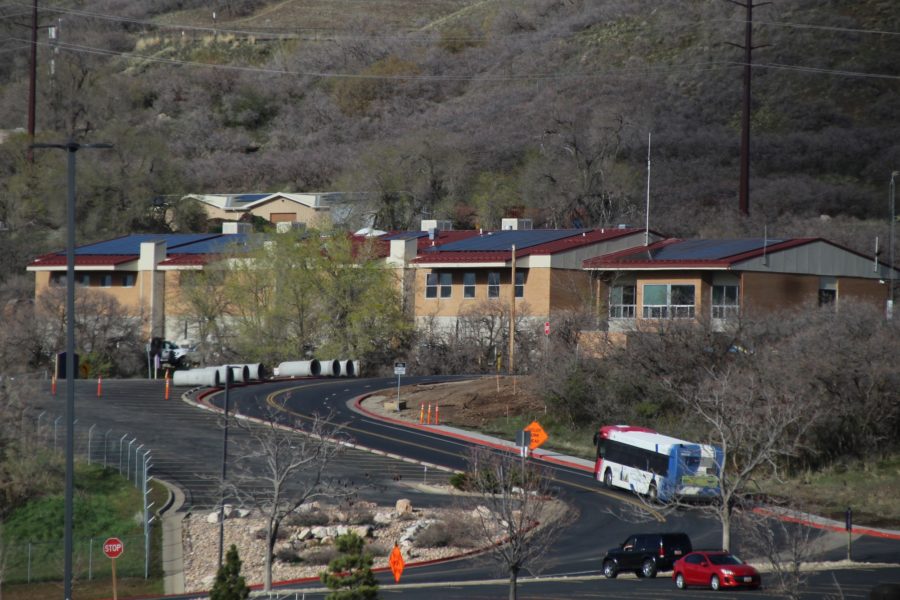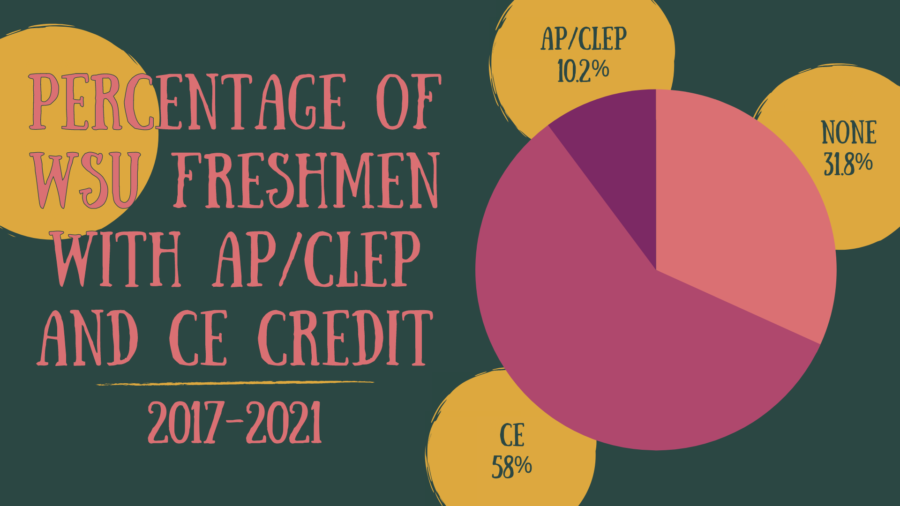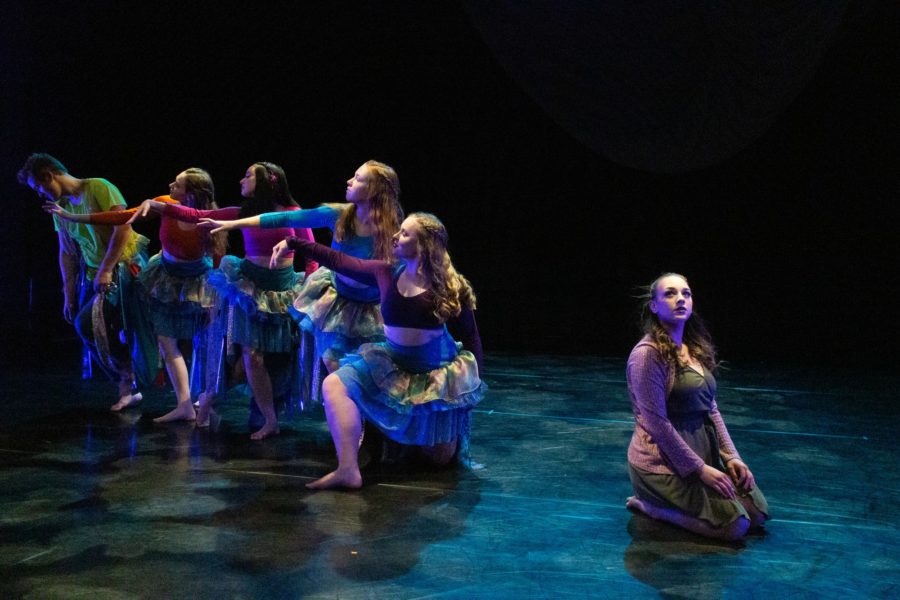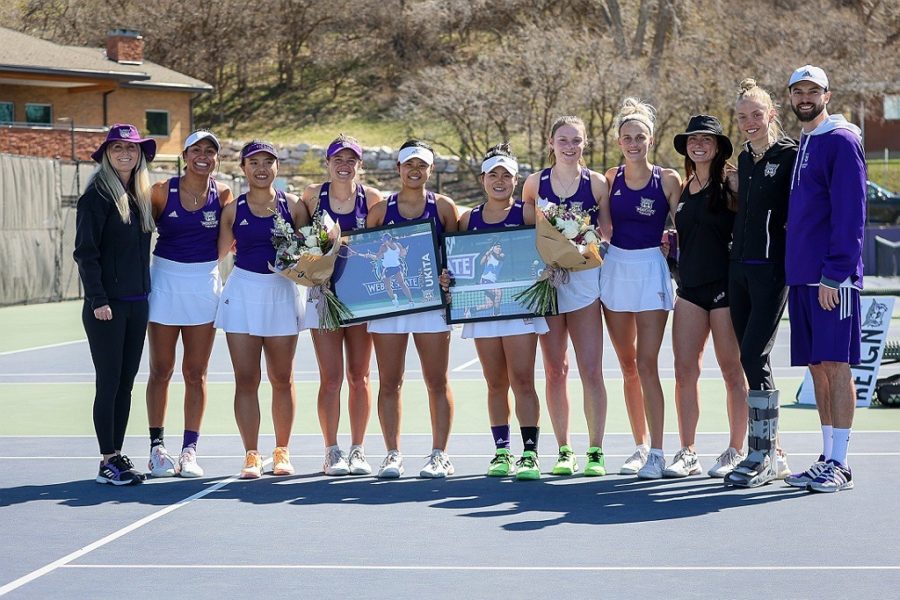You’ve probably heard of the Day of the Dead, a deep-rooted tradition celebrated annually at the end of October.

istock
Día de los Muertos honors the dead with festivals and lively celebrations, according to National Geographic. The custom merges indigenous Aztec ritual with Catholicism.
Mourning the dead was discouraged for the Aztecs. The Toltec and Nahua people wanted to honor the dead instead, believing individuals were still part of the community and alive in memory and spirit.
Día de los Muertos celebrates those who have passed, bringing family, children and friends together. While the day’s origins are rooted in the Aztec Empire, various Latin American countries have adopted similar customs.
Andrea Hernández, the coordinator of Weber State University’s Diversity & Inclusive Programs, grew up in a household that did not avidly celebrate the Day of the Dead.
“When my parents migrated, they wanted to make sure we were safe,” Hernández said. “Sometimes, those traditions are lost because they might seem odd to a westernized culture.”
Like Hernández, Dr. Enrique Romo — WSU’s assistant vice president for Student Affairs over Access and Diversity — and his family did not heavily celebrate the Day of the Dead. Romo grew up on the border between El Paso, Texas, and Juarez, Mexico.
“I remember, we’d go to the cemeteries with fresh flowers and spend time cleaning the tombstones. We brought food in and talked among ourselves,” Romo said. “It wasn’t something that was expected of us to do. It was a tradition, but it wasn’t enforced.”
While he did not celebrate like others, Romo understood that the day strengthened Latinx people’s sense of belonging.
Throughout her time in college and at WSU, Hernández began to learn and plan Día de los Muertos events. When she first started learning the customs, Hernández lost her cousin, who took his own life.
It was vital for her to feel connected with family, no matter how close they were. Hernández keeps her cousin in mind each year during these festivities.
“It’s powerful to know that someone you have known in your past, their spirit is with you,” Hernández said. “They’re never going to leave you, and they are here to help guide you. We are all energy, and the energy is going to be there constantly.”
During Día de los Muertos, Latinx communities set up altars in honor of their loved ones. The shrines include favorite foods, candles, flowers and writings. When the deceased is a child, people place candy or toys on the altars. The area welcomes the spirits back to the realm of the living.
Often, candle’s colors signify something special. Traditionally, pink candles mean celebration, white candles represent hope and purple candles signify grief.
Salvador Ceja-Monroy, WSU’s Hispanic Senator, has set up his altar.
“I ask my mom for memories of my grandfather, and I write them down,” Ceja-Monroy said. ” As the years pass, I have new memories for the future Día de los Muertos, and I will just talk to the pictures about the memories.”
Some people place water on altars. It is believed ancestors travel far to visit their loved ones; the water is to help quench their thirst after a long journey from the “land of the dead.”
“It’s neither heaven nor hell, its somewhere where our souls go once we pass, and we reunite with our loved ones, so we are not alone,” Hernández said.
The offerings at the altar include the four elements — water, wind, earth and fire — according to the Smithsonian Insider. Papel picado, traditional paper banners, represents the wind. Food, especially bread, represents Earth. Candles, representing fire, are often left in the form of a cross to signify the cardinal directions so that spirits can find their way.
Copal is used during Día de los Muertos as an incense, symbolizing the transformation of the physical to the supernatural and draws the spirits home.
Sunrise Black, a WSU student studying pre-pharmacy, said the various forms of celebration are one way the culture copes.
“It’s a coping mechanism to remember them and not be depressed about it because you are still able to remember them and what they left behind,” Black said.
For Hernández, the altar — featuring a photo of the deceased — is a way of communicating and saying words she didn’t get a chance to say before.
“I had two aunts who passed away, and it was a way for me to let that go and not feel guilty,” Hernández said. “Having an altar helped me with my mental health to always talk to them, apologize and let go.”
Often, Día de los Muertos is mistakenly thought of as “Mexican Halloween.” While both Halloween and the Day of the Dead take place during a similar period, they come with different histories and purposes.
The celebration of deceased loved ones does not correlate wearing costumes and going trick-or-treating. While some dress up as calaberas — skeletons — for Día de los Muertos, it is not connected with Halloween or its sentiments.
“It’s not supposed to be scary; it is its own entity,” Ceja-Monroy said. “If people want to celebrate it, go for it, but if you’re using it for Halloween, it’s not, and that’s appropriation.”
Bianca Gonzales, a first-generation student, said she holds Día de los Muertos dear to her heart.
“It’s important to keep up with your ancestors and not forget them,” Gonzales said. “Like the movie ‘Coco,’ if they’re forgotten, they will no longer exist in the soul world. I’m afraid of that, and I want to teach my future family never to forget where they come from.”



